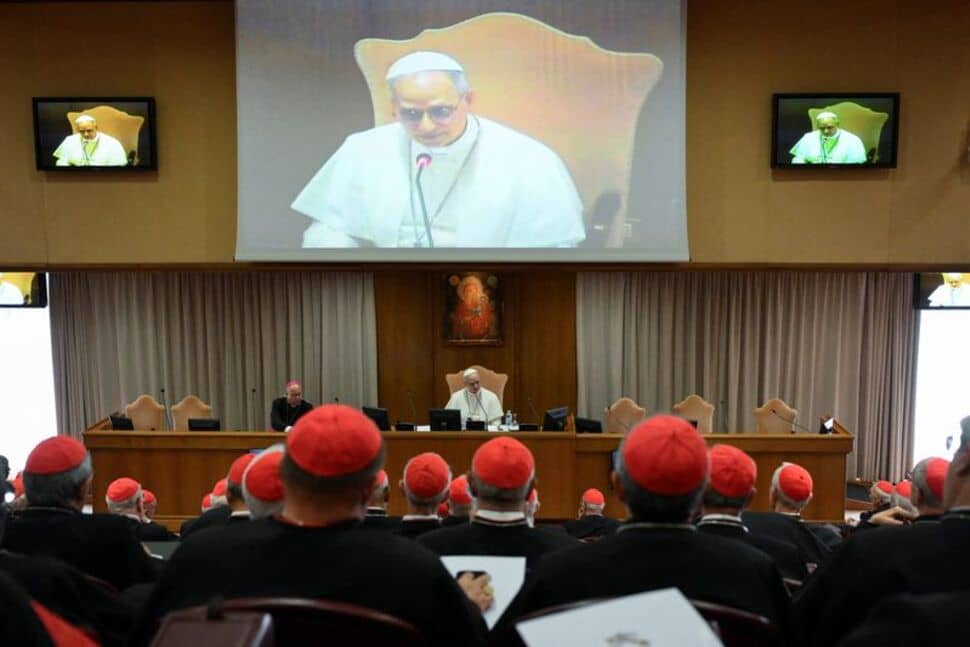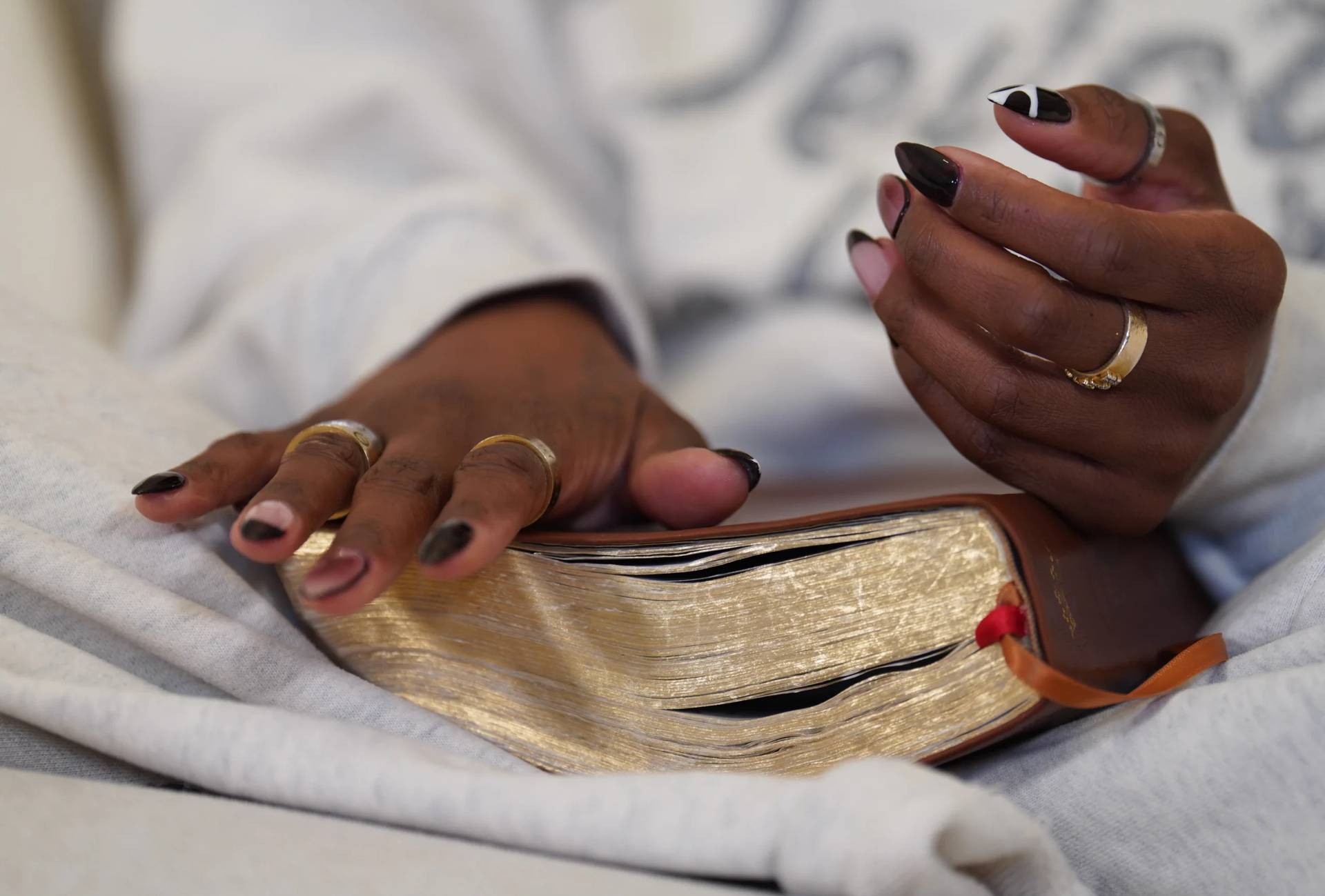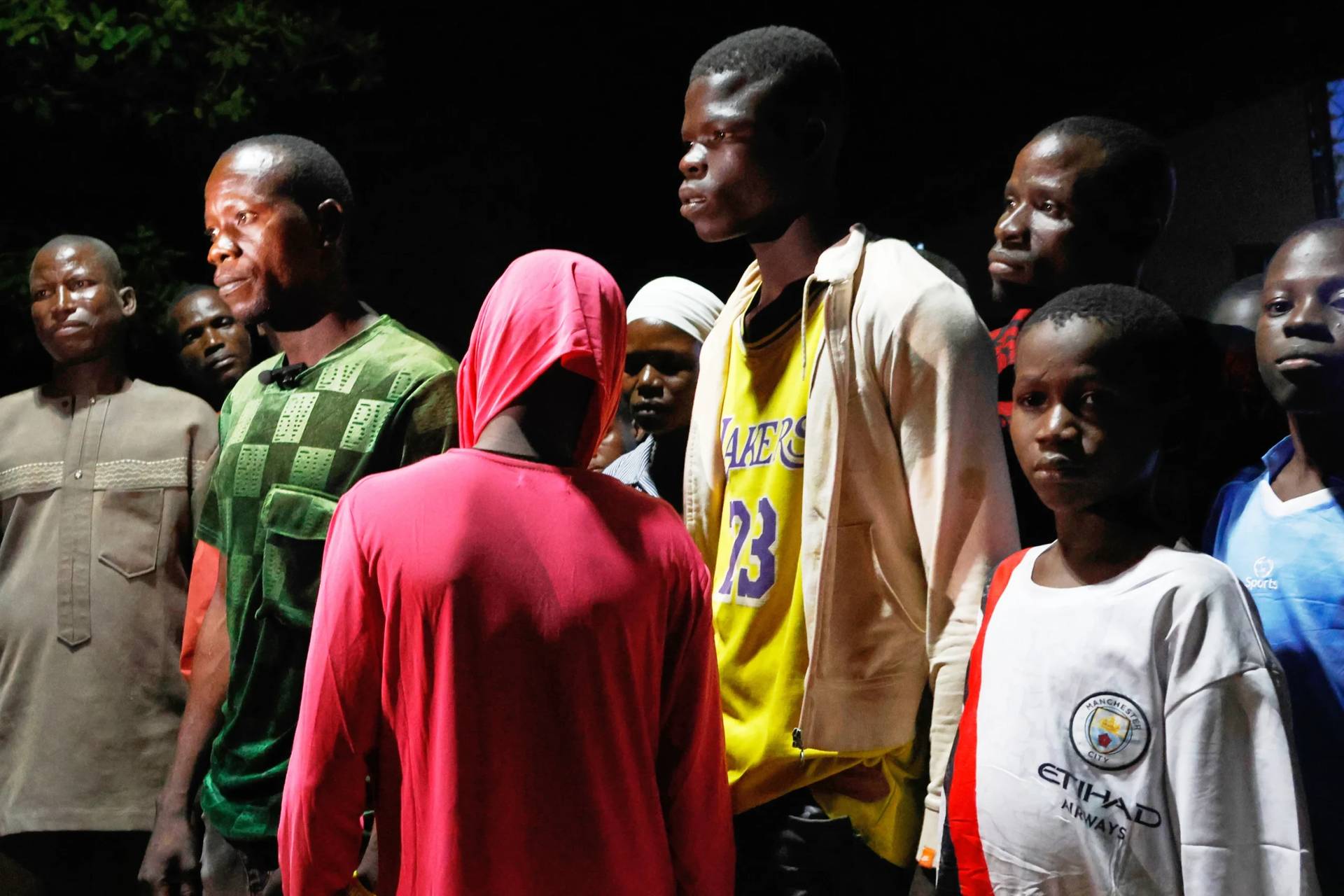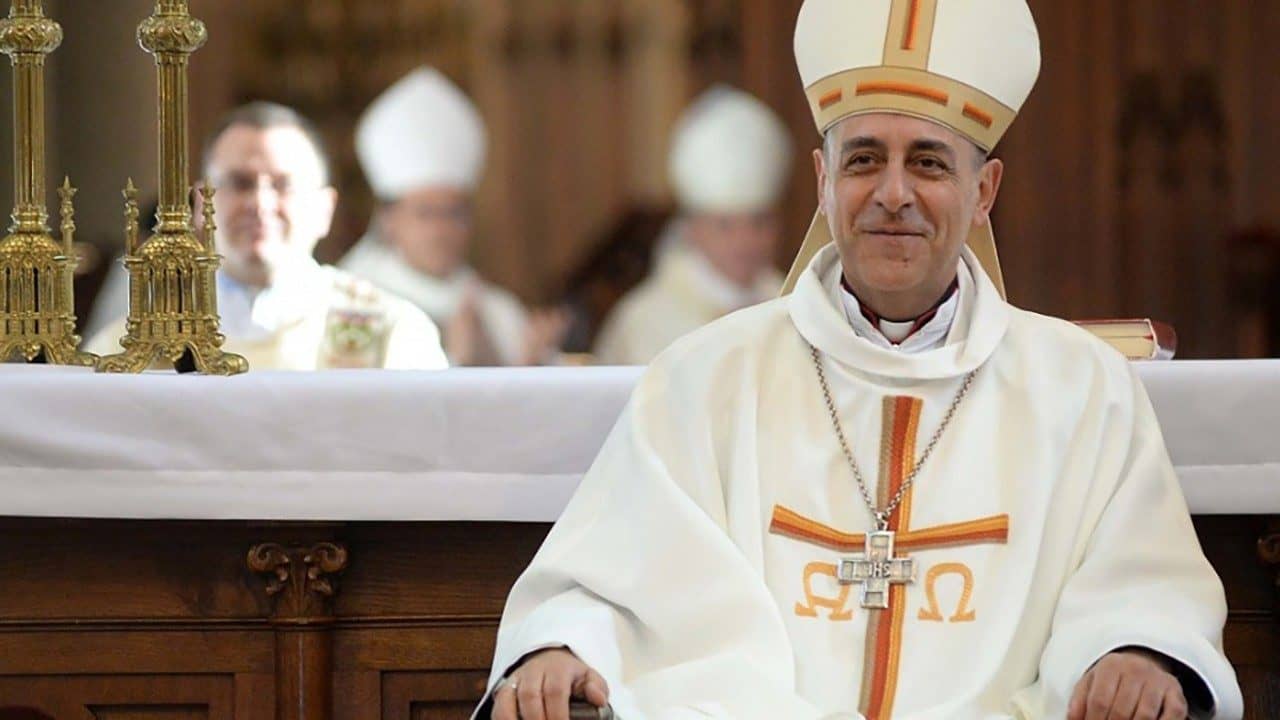ROME – For as long as anyone can remember, Italians have loved a good giallo. The word literally means “yellow,” and it refers to the yellow paper upon which cheap popular mystery stories used to be printed in Italy.
In Italian argot, a giallo has come to mean an unresolved mystery, something about which people love to speculate and argue. Over the last 40 years, there’s been no more popular giallo in Roman coffee bars, taxi cabs and barber shops than the 1983 disappearance of Emanuela Orlandi, at the time a 15-year-old girl and the daughter of an employee of the Prefecture of the Papal Household.
Orlandi has never been heard from again, although alleged sightings are as common here as reported run-ins with Elvis. Most Italians, however, believe Orlandi was killed, perhaps in connection with the Vatican bank scandals of the era, perhaps as part of a mafia scheme, perhaps as part of a sex ring gone bad – the theories are endless.
No matter which hypothesis a given Italian may uphold, the one point where every conspiracy theory seems to converge is that the Vatican knows more than it’s saying.
Last fall, there was a mini-ferment when portions of human skeletons were discovered on the grounds of the Vatican embassy to Italy, prompting speculation that perhaps it was Orlandi. Alas, although precise identification proved impossible due to deterioration, investigators said the remains were at least 100 years old.
The latest twist came Monday, when the Italian newspaper Corriere della Sera published a letter from Orlandi’s family to Cardinal Pietro Parolin, the Vatican’s Secretary of State, asking him to authorize the opening of a tomb in the Campo Teutonico, a burial area for Germans within Vatican grounds.
Vatican spokesman Alessandro Gisotti put out a statement Monday indicating that the request has been received and “now will be studied.”
According to the report in Corriere, a lawyer for the Orlandi family received an anonymous letter pointing to a particular tomb in the Campo Teutonico, where Princess Sofia of Löwenstein-Wertheim-Rochefort and her descendant, Cardinal (and Prince) Gustav von Hohenlohe-Schillingsfürst, are buried. According to the lawyer, subsequent research revealed that the tomb has been opened at least once in recent decades, and there’s a discrepancy between the dating on the tombstone and the statue.
The lawyer also claimed that in the years immediately after Orlandi’s disappearance, some unknown person or persons in the Vatican would lay flowers at the feet of the angel statue “in a sign of piety for Orlandi, who could be buried there.”
It remains to be seen if Parolin will agree to the request. Among other things, doing so may be a bit complicated diplomatically, since use and access to the Campo Teutonico are regulated in part by treaties between the Vatican and Germany, so the permission of German authorities could be required as well.
Probably, however, in the end the Orlandi family will get what it wants, because nobody wants to be accused of refusing to help a grieving family find closure. Equally probably, Emanuela’s remains will not be in the tomb, and the usual cycle of speculation followed by disappointment will continue playing out.
(As a footnote, the family’s lawyer also urged Parolin to “dissipate the shadows which, from the beginning, have connected the Holy See to Emanuela’s disappearance.” How? By deposing every top Vatican official of the era who’s still around, including Cardinals Giovanni Battista Re, Eduardo Martinez Somalo, Angelo Sodano and Tarcisio Bertone, as well as Monsignor Pietro Vergari. The former rector of Rome’s Basilica of Sant’Apollinare, it was Vergari who gave permission for a notorious mob boss to be buried there, whose tomb is another site sometimes rumored as a final resting place for Orlandi.)
If there’s a moral to all this, it could perhaps be expressed as follows: Try to avoid accumulating a new giallo whenever possible, because once it takes hold, it’s almost impossible to get rid of.
That lesson comes to mind right now in connection with another giallo-in-the-making, and one with potentially far more damaging consequences: Who in the Vatican knew what, and when, about sexual abuse and misconduct charges against ex-cardinal and now ex-priest Theodore McCarrick.
McCarrick has suffered the Church’s ultimate penalty for the crime of abuse of a minor, but if a cover-up existed, there’s been no accountability for it. Many observers believe there had to be some sort of conspiracy of silence around the McCarrick case, since otherwise it’s hard to explain how he remained at the peak of power in the Church for more than two decades despite persistent rumors that something was amiss.
In early September, a Vatican statement indicated that Pope Francis had ordered a thorough review of Vatican archives to identify all materials related to McCarrick, the results of which were to be released in “due course.” That still hasn’t happened, perhaps in part because of concerns that it could damage the legacies of St. John Paul II, on whose watch McCarrick made his way up the ladder, and key figures during his papacy.
For sure, there’s legitimate skepticism that a “smoking gun” is lurking in those archives. As one Vatican-watcher said recently, anyone who actually did know what McCarrick was up to and nevertheless covered up for him, presumably for dubious reasons of their own, “wouldn’t have been dumb enough to put it in writing.”
Still, the Vatican probably would be well-advised to offer as much transparency as possible, and as quickly as possible. Otherwise, it could end up saddled with a giallo of global dimensions, one which could do damage to the Church’s credibility in venues far more consequential than the pages of Italian newspapers.














